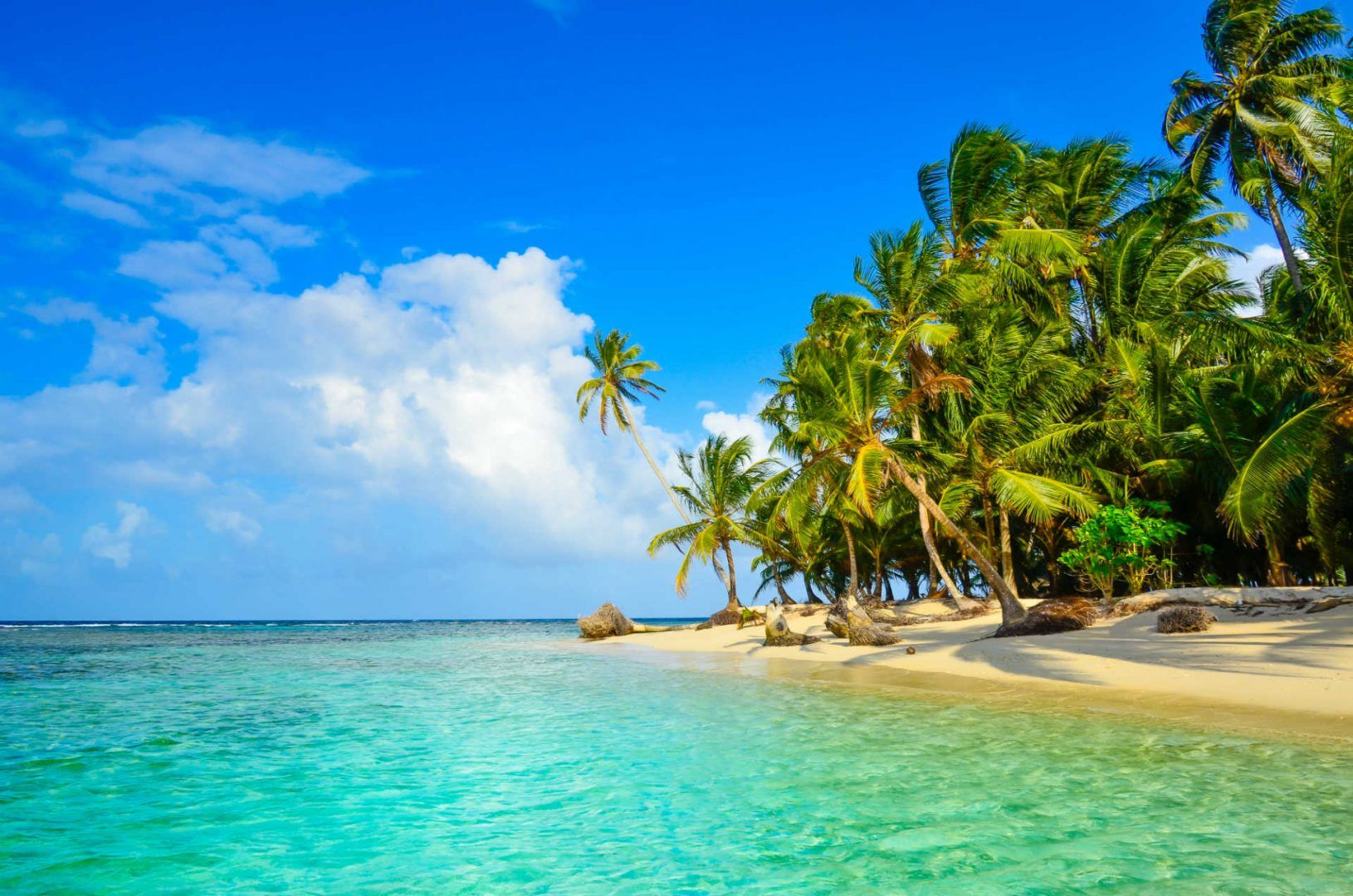#9 Playa Blanca (Pacific Riviera)
Playa Blanca is one of the most accessible resort beaches on Panama’s Pacific coast. Just a couple of hours from the capital, it’s a stretch of pale sand lined with large hotels and gated communities. Unlike many of the country’s raw and wild beaches, Playa Blanca is all about convenience. You check into a resort, step out of your room, and you’re on the sand.
The beach itself is calm and swimmable, with shallow entry points that make it family-friendly. Resorts maintain their own sections, with sun loungers, beach bars, and watersports rentals. Jet skis, banana boats, and kayaks are all on offer, so it’s not the quietest place. What it lacks in solitude, it makes up for in comfort.
This is not the place for travelers looking for untouched nature, but it’s popular for short breaks and all-inclusive packages. For many, Playa Blanca is a practical stop when you want to relax without worrying about logistics.
How to get to Playa Blanca
From Panama City, it’s about a two-hour drive west on the Pan-American Highway. Buses toward Penonomé or Río Hato can drop you near the main entrance roads to the resorts, but having your own car makes arrival much smoother.
When to visit Playa Blanca
The dry season from mid-December to April is the most popular, with guaranteed sun and calm water. During the wet season, heavy rains are common, but resorts often offer lower rates. Weekends and holidays fill up quickly with domestic visitors.
#10 Playa Las Lajas (Chiriquí)
Playa Las Lajas stretches for more than 12 miles along the Gulf of Chiriquí, making it one of the longest beaches in the country. The sand is dark, the waves are steady but not overwhelming, and the horizon feels endless. It’s rarely crowded, which is why many travelers count it among the best beaches in Panama.
You won’t find major resorts here, but you will find a scattering of small hotels, family-run guesthouses, and beach bars serving fried fish and cold beer. The atmosphere is laid-back and friendly, with hammocks strung between palms and tables set out on the sand.
The water is warm, and swimming is usually safe close to shore, though currents can be strong further out. At low tide the beach is wide enough for long walks or even horseback rides. Sunsets are spectacular, with the sky often turning deep orange and purple before fading into night.
How to get to Playa Las Lajas
From David, the provincial capital, it’s about an hour’s drive. Buses run from David to Las Lajas town, with taxis or local pickups covering the short ride to the beach. Having your own car gives you more freedom to explore.
When to visit Playa Las Lajas
The dry season from December to April offers the best conditions, with long sunny days and calm roads. Rain falls more often from May to November, but the beach stays quiet and atmospheric. Sunsets are striking year-round, especially on clear evenings.















